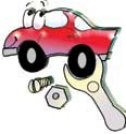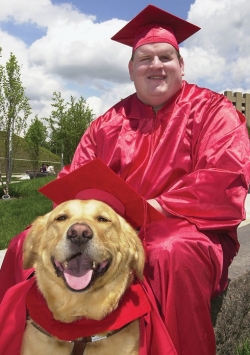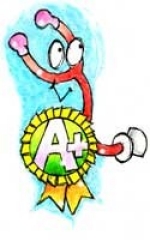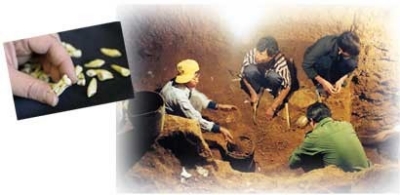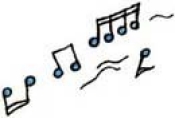UC's new look, new logo
With the new academic year, the University of Cincinnati launched a new look for its publications, Web site and signage. Among the changes is a new UC logo, replacing the "dueling horseshoes" that had marked UC since 1979.
The new look allows university departments and programs to develop distinctive publications and Web pages while remaining consistent across the university. "We have many excellent programs here," said Greg Vehr, vice president for governmental relations and communications, "but without coordination their communications were diluted because everything looked like it came from a different institution. The new system strikes a balance between individuality and consistency."
Vehr noted that two UC marks will remain in use -- the "C-Paw" logo for athletics and the traditional university seal for ceremonial events. "Those marks have appropriate uses and a lot of support," he said.
Assisting UC in the project was the Cincinnati–based branding firm Libby Perszyk Kathman (LPK), headed by CEO Jerry Kathman, DAAP '76.
A year of research indicated that UC has a strong brand, based on a wealth of opportunities, real-world experiences, top-flight research programs and contributions to society. The new look is part of an effort to communicate those strengths successfully.
This issue of "Horizons" reflects some of the changes.
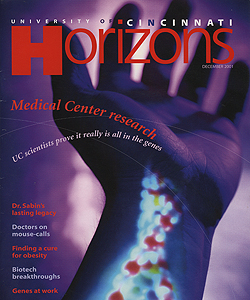
 Past Issues
Past Issues
